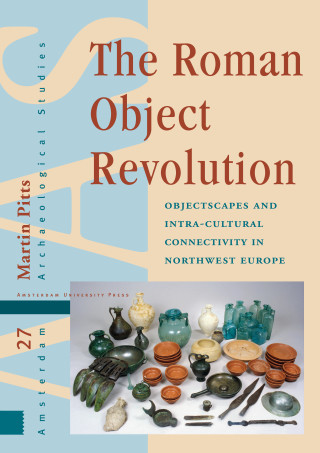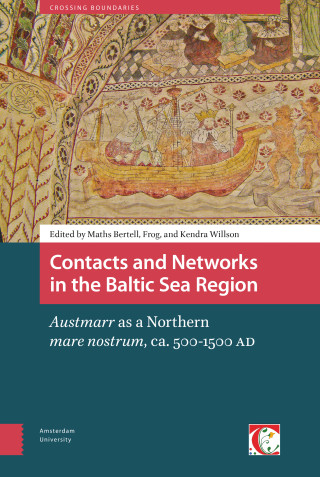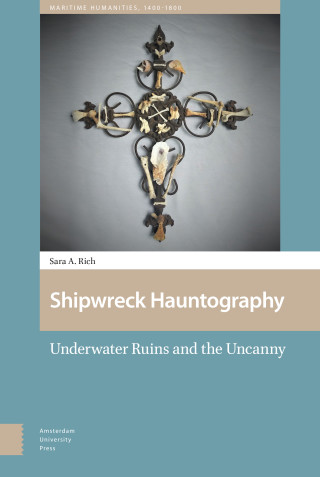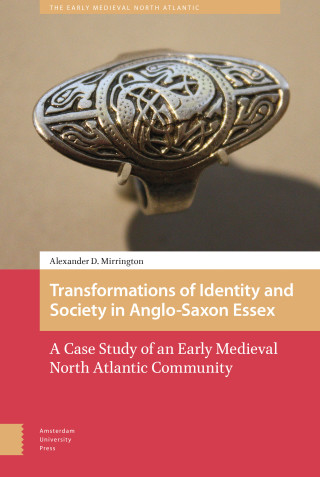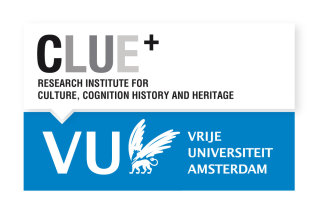
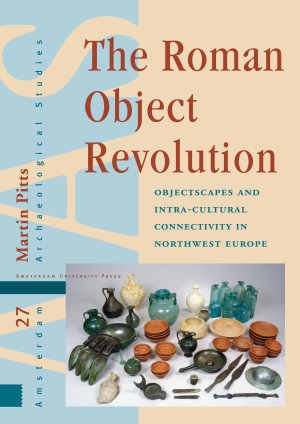
- Title
- The Roman Object Revolution
- Subtitle
- Objectscapes and Intra-Cultural Connectivity in Northwest Europe
- Author
- Martin Pitts
- Price
- € 128,99
- ISBN
- 9789048543878
- Format
- eBook PDF (Adobe DRM)
- Number of pages
- 260
- Language
- English
- Publication date
- 25 - 03 - 2019
- Dimensions
- 21 x 29.7 cm
- Partner

- Discipline
- History, Art History, and Archaeology
- Also available as
- Hardback - € 129,00
1. Standardised objects as historical agents
2. The roles of objects in Later Iron Age societies
3. The object revolution in the Roman West
4. Objectscapes, cityscapes and colonial encounters
5. Local elites, imperial culture and provincial objectscapes
6. Historical change and the Roman inter-artefactual domain
Reviews and Features
"Pitts’ study of more than 80,000 contextualized artefacts from over 100 sites across the Roman North-West, takes discussion of the transformation of material culture en masse to a new level. Pitts skilfully develops an interpretation that does justice to the micro-level of site specific activity, to the macro-level of globalization theory, never losing site of his empirical analysis. This books is without doubt a game-changer." - Greg Woolf, Director of the Institute of Classical Studies, The School of Advanced Study, London
"This is an important and innovative work that addresses key issues in the understanding of the development of Roman provincial cultures, deploying contemporary theoretical perspectives yet also engaging in detail with the archaeological material. It makes a very significant contribution both to the particular historical period and to methodology." - Martin Millett, Laurence Professor of Classical Archaeology & Head of the School of Arts and Humanities, University of Cambridge
Martin Pitts
The Roman Object Revolution
Objectscapes and Intra-Cultural Connectivity in Northwest Europe
Archaeologists working in northwest Europe have long remarked on the sheer quantity and standardisation of objects unearthed from the Roman period, especially compared with earlier eras. What was the historical significance of this boom in standardised objects? With a wide and ever-changing spectrum of innovative objects and styles to choose from, to what extent did the choices made by people in the past really matter? To answer these questions, this book sheds new light on the make-up of late Iron Age and early Roman ‘objectscapes’, through an examination of the circulation and selections of thousands of standardised pots, brooches, and other objects, with emphasis on funerary repertoires, c. 100 bc-ad 100. Breaking with the national frameworks that inform artefact research in much ‘provincial’ Roman archaeology, the book tests the idea that marked increases in the movement of people and objects fostered pan-regional culture(s) and transformed societies. Using a rich database of cemeteries and settlements spanning a swathe of northwest Europe, including southern Britannia, Gallia Belgica, and Germania Inferior, the study extensively applies multivariate statistics (such as Correspondence Analysis) to examine the roles of objects in an ever-changing and richly complex cultural milieu.
Author
Martin Pitts
Martin Pitts is Associate Professor in Roman Archaeology at the University of Exeter. His research deals with late Iron Age and early Roman northwest Europe, with emphasis on the consumption and circulation of objects (especially pottery), and how these can inform understandings of historical globalising processes. He is co-author of several books and articles, including Alien Cities: Consumption and the origins of urbanism in Roman Britain (with Dominic Perring, 2013), Globalisation and the Roman World (with Miguel John Versluys, 2015), and Materialising Roman Histories (with Astrid Van Oyen, 2017).

